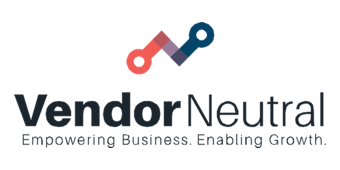
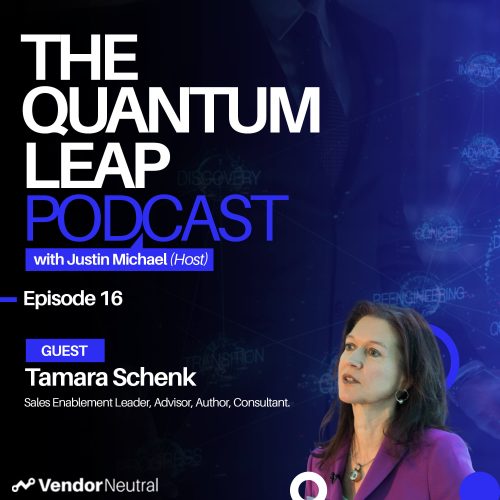

The One Question to Ask Before Sales Technology Implementation to Ensure the Success of your Enablement Initiative
Episode 16 -
Tamara Schenk
Sales Enablement Leader, Advisor, Author, Consultant
Read Full Transcript
The One Question to Ask Before Sales Technology Implementation to Ensure the Success of your Enablement Initiative
Successful sales technology implementation is more important than ever for your success. In this episode, Tamara Schenk shares insights on implementing sales technology and what you need first to leverage technology effectively. If you are looking for where to start, ways to develop as a sales enablement leader, and the components to a successful sales enablement strategy, listen today.
Justin Michael Welcome back to Vendor Neutral in the Neutral Zone, Quantum Leap. I’m Justin Michael, your intrepid host, and I’m joined by Tamara Schenk, who is a thought leader and sales enablement expert. And we want to talk about the future of technology enablement and humanizing these processes in an A.I. world. Welcome to the show, Tamara.
Tamara Schenk Thanks for having me.
Justin Michael Yeah, I’m really excited to speak with you. I’ve been following your work for a decade and help us get up to speed on what you’ve been working on and where enablement is going. Let’s just get this party started.
Tamara Schenk Yeah, so I think it’s a very interesting time for sales enablement right now, so we are all coming out of a COVID-focused year and going into a new decade. So, it’s interesting for me, as I learned in the past roles I had, you know, I did enablement at T-Systems, you know, coming from a program to an initiative to a global role on a VP level. Then I became an analyst for CS Insights for the next couple of years. So, I had changed a perspective from actually doing it and building it to observing it and seeing what’s going on in the industry. And as I now have a strategic advisory role for Showpad, I look at this from a vendor perspective and as I’m cofounding a consultancy together with Lee Bartlett, I’m also getting into this more individual consulting perspective and bringing this all together. So, what I see now, we have a tremendous technology shift. I mean, the digital transformation is going on fast-paced. So, I mean, COVID has amplified all of this. So, I think what’s more important than ever is that we don’t lose the human component, especially in complex selling scenarios. So, we cannot automate everything, but we should take smart advantage of technology. But, you know, really developing human skills that are really relevant to orchestrate big buying teams. I think that’s actually more important than ever as we work in a remote world right now.
Justin Michael I think people struggle with how to get started, you know they, there’s all these new sales enablement platforms. We’re seeing this confluence. Revenue operations is happening, which is sort of marketing operations and sales operations. There’s not much written about it. There’s now sales enablement societies, collectives. I think it’s been tremendous progress; we’ve been defining this category and you’ve been a part of that. How can people get involved in building an effective sales enablement discipline in their company? I often find that these novel things that we’re doing, it’s like one person, you know, they don’t invest in the team. It’s you know, they do enablement too you know, it’s a how do you make it more of an organization.
Tamara Schenk Yeah. So that’s funny, one of the imperatives really is for an organization if you want to see an impact of your investments and enablement, you have to set it up the right way from the very beginning. So, I mean, actually, to putting a program underneath of two sub-functions, that’s a recipe for failure. So really what’s so often missing is the connection of the enablement initiative to the company’s business strategy and sales strategy. So, if there is a disconnect by design simply because you’re saying, OK, we’ll just do a few programs over here, so then you don’t set yourself up for success. So, what I always encourage people and organizations to help with is really look at the main problem enablement should solve for you and how would you measure it at the end of the day. So that’s one thing to set it really up the right way, because, I mean, you’ve probably seen me writing or saying or talking about a sales enablement charter or a business plan a lot. So, and this is really a process from understanding the business challenges to sales strategy, to go to market strategy and really being focused on what are the actual challenges the sales force has to deal with and then setting up an initiative to help with that in a very focused way rather than, OK, we throw a piece of technology over here and it sorts itself. There is this critical dependency, we really have to have a very focused, tailored initiative, and then we leverage technology the right way.
Justin Michael Right. So, this is Vendor Neutral. So, we try to get away from actually saying the brand names, but can you talk to me about families of technology? So it’s like this type of platform and then maybe interested also in artificial intelligence, machine learning type stuff. But the beauty of this episode is really to talk about how ineffective all that tooling is if you don’t nail the human to human components, and I kind of want to approach both. I want to ask you about where technologists are getting it right, but then I also want to ask you about what to do before sales technology implementation that, to get the process, just getting your thoughts. And then I know we have people, process, technology, we have enablement. You’ve got and I’m sure you’re tracking all these technologies. It’s kind of a multifaceted question, but I just want to listen to you.
Tamara Schenk OK. Where do we start with this? So, what I’ve experienced, especially over the last couple of months is that organizations have invested in really, really smart technology platforms, but they don’t use it the right way because they invested in the technology, but not in the same way in how to conceptually leverage the technology and also not in a way of what are actually the skills we need to build and develop so that people can really take advantage of the technology? So, if I look at these things in some companies, it’s really we are overrun by technology, but people don’t really understand how to leverage it in the best way. And if there is not a proper sales technology stack and basically for salespeople then they have to deal with oh, this is tool number 20. I just had to deal with 19 others. So, then that is probably not the way to deal with it. So, I mean, sales technology integration is more important than ever. A smart integration along the buyer’s journey, which brings us back again to the human component of it. We have to center everything we do, backward from the buyer’s journey. I mean, they decide when they want to engage with customer-facing roles. It’s their decision. They decide how they want to engage with selling organizations. So we really have to have this as the baseline and then actually in a two-faced approach and say, OK, what are the specific selling challenges we’re having in this organization right here and then align this to the buyer journey? So, this is something that’s not that easy to do all the time. And it’s not done by, you know, by just creating a program over here and just roll this out and hope it will stick. So we really need an integrated approach that engages and empowers people along this buyer’s journey. And then leveraging smart technologies is great, of course.
Justin Michael Yeah, I’m curious what your thoughts are on things like guided selling or, you know, how CRM is supporting sales enablement. Are you consulting with companies on their sales technology stacks? Are you helping them to figure out these processes? Curious how, you know, kind of getting tactical for a second, how you’re helping them build out these strategies?
Tamara Schenk Yeah, let’s say he’s a guy that’s selling as an example. I mean, there is the idea of playbooks and of guided selling, and there are a couple of different definitions out there. So, what I learned in my career back so. It is getting familiar with a kind of script to be able to model conversations, to train conversations, and this is where the training and the coaching part comes together. This is where the sales manager involvement is so very critical. And, of course, you can leverage technology to do this with video and recordings and things like this and get analyzed. And now you’re talking too much or do you talk features and functions or not? But this preparation is really important and when a playbook approach or a guided selling approach can help you with and technology can guide you through a different step, that’s great. But what I see is very important the human aspect has to be the leading element at the end of the day. And when I have really a lot of practice with this, at the end of the day, I don’t even need the guided approach that much, but it was very important to learn and to practice. And then, you know, perfect practice makes perfect in delivering and creating these conversations that lead to the customer experience you want to create. I think this is where we have to focus a lot more on not just implementing a sales technology solution or a concept and really see, OK, how do we enable, for instance, a sales manager to coach along those lines that really drive adoption, really move the needle at the end of the day. The training is something that’s more the initial thing of it and even if you have implemented a guided selling approach to something like this, but sales managers have to pick that up and have to work with it and coach the people along those lines.
Justin Michael Yeah. So, I think there’s a lot of people now interested in the field of enablement. How do you enablement, how do you enable the enablement teams is a tongue twister, but right, like Elay Cohen has put out a really cool set of books and technology and I’m curious like how the sales enablement professionals of tomorrow start getting into this. Who are the thought leaders, the blogs, the books, or what should they be thinking about to become knowledgeable in this area? You’ve done an amazing job leading the industry in this. What advice do you have?
Tamara Schenk Yeah, so I think, of course, there are books out there my own is also on the market is definitely a good idea, and Elay’s book as well. So there are, it’s there are great resources out there. Also, just, you know, the associations we have out there, the sales enablement society or things like that. So really having conversations about the challenge often helps to discover what the actual problem in your own organization really is. So that’s definitely an issue but then I think it’s at the same time, it’s very important then to go back to your own situation and say, OK, what is really the challenge we have to solve here in this organization right now? And that means we have to tailor the approach that I’m a big fan of learning principles and then adapt them to the actual situation. This is to me a bit the difference between rules and principles. A rule is a very strict thing, you do this, you do that, and then this is the next step. But a principle is more really understanding the why are we doing this? Why do I need a business plan for enablement? Why do I need to make sure that I meet my stakeholders’ expectations, that I impact their KPIs in a positive way? Why? I need to make sure that this is happening because I need their buy-in. I need to make them successful. Then they can help me to be successful in that role as it is, are all imperatives we’ve seen in the data over many years that are really important and that only can be done within the own organization. And that means I have to apply these principles, you know, usually. Do you know how to cook a risotto?
Justin Michael I don’t. I’m the world’s worst cook. I’m a good talker, but I’m uh..
Tamara Schenk So this is something I like to cook, just to give you an idea so I know the principles. I need olive oil, onions, and garlic, and the specific rice. And then I stir all of this. I put the vegetable broth in it. I stir it the right way and I can add different kinds of vegetables and others will add fish or something else and then you have your cheese at the end of the day. So, if I understand the principles of how to do it. I can adapt it to different situations. I think this is really what’s important for sales enablement leaders or for professionals in that role, really learning the principles. And for that, there are great resources out there and then to say, OK, what does it mean now in my situation? How can I adapt this here in the right way? So that this is where we have to get to and is this where critical thinking, strategic thinking and really developing these human skills are very important because this approach cannot be automated. If you have created this approach and this strategy, then you go on and say, OK, how can I leverage technology the best way to help me to achieve these goals I’ve just put down.
Justin Michael That’s a great point. I mean, I guess the big question is, what are the outcomes? What is the return on investment of considering sales enablement in the enterprise in your organization? Because I work for some huge companies and we had enablement and we had training. I don’t think it was this sophisticated. This is 10 years ago. And you’d basically go back to the headquarters and some of the cool managers had books like, Oh, here’s a Franklin Covey, like four disciplines of execution, like there’s like a little book share, you know, people would enable each other with books. And it was kind of cool and old world in a way. But there was no tracking of who was learning what and we were all just sort of enablement was just like a book club. You know, what’s interesting is like the top sellers and sales managers. We’re big readers and we all applied it, but it wasn’t formalized or controlled. What about the other people who learn a different way? That kind of process that’s ad hoc leaves people behind. So I’m interested in codification of a process, tracking that process through technology, and of course, why? Like what? Is it that we have more sales, less attrition because people like their job more? Their subject matter experts. I mean, I’m looking for intrinsic and extrinsic values, not just the revenue goes up, which is good to know, too. But like what? You’ve dedicated a career to sales enablement thought leadership. What can it do for the modern organization who will go further in this direction in twenty, twenty-one, and beyond?
Tamara Schenk I think it’s really focusing on this holistic approach and also connect the enablement initiative actually to the why of the company, to the purpose of the company, if you look at intrinsic motivation and extrinsic motivation, things like that. So what is it really? What inspires the person in that organization to create value for their clients, for the organization? What is the big why in that organization? And that is, you know, you’re a long time in a CRM world, so why do CRM initiatives fail? So we put technology out there and say, you know, we have to increase productivity by X percent. I mean, is this inspiring? It’s probably not. Is there a bigger purpose behind that people connect the hearts and minds to? Probably not, but if we say we want to create, you know, an amazing experience for our buyers by using this product or applying, you know, what we deliver, applying our services, that creates a very different why. This bigger story and connecting the initiative to that and helping people to work on that purpose, on that advisor that connects people a lot better and also helps in terms of retention. And then, of course, at the end of the day, you look at the revenue numbers, you also look at customer experience. And I think they will become more and more important because the customer experience at the end of the day leads to revenue, to ongoing revenue, and profit. So I think really focusing on what makes that difference. How can we create, as customer-facing professionals, the best experience, the best buying experience? I think that should really be a key focus, and I think it will become even more important.
Justin Michael Yeah. So, I feel like I can say openly, I had a great experience with enablement at LinkedIn and Salesforce. They brought in sales trainers. There was group studies, there was technology. I mean, it was a dream in a lot of ways I think they really get this right it’s fair to say. It was fun. I asked about it like maybe what’s the enablement like? We’re going to, you’re gonna have tons of enablement, you know? And I just love the word because I was like, well, there’s training and there’s enablement. Are those the same thing? How do those fit together? Is that a semantic thing? Is enablement a philosophy and then training is the tactical or I mean, now we’re talking linguistics. But I’m really curious because I feel like some companies have training, but they don’t have enablement.
Tamara Schenk Yeah and others call it education, so enablement actually came from two directions, so one direction was, hey, I have to get my content chaos sorted in one way or another then usually when enablement came out of a marketing initiative. So, and then this is where I started at T-System. It was a product management marketing initiative, is that we have content in thirty-five different places. Nobody’s using it, so everyone is doing their own thing. So, we have to fix that. So, we brought in one platform to get all the content organized, assessed, we implemented collaboration processes, content management pros in all of this to get this started. And then you see ultimately, OK, content can only do so much. So, we are actually disconnected from the training side of the company and we learn, OK, what are they actually doing? And where are the inconsistencies? And then you come to a more mature enablement approach. You connect the dots between content and training and then you see usually as a next step, if our sales managers don’t coach along those lines, we will never move the needle as best as we can. And then there were other organizations. They take enablement from the training perspective. They come from a learning and development or corporate academy point of view or have a sales training unit and they renamed that into enablement and come from that perspective and then they will see that they have to get connected to the content side of things. So a holistic, more mature sales enablement discipline has content, training, and coaching integrated. But you don’t start there is if you really have to go through the steps from whatever direction you’re coming. That’s how I see that.
Justin Michael Yes, so I mean, I think about a lot of the outcomes, like what are the goals of the organization, right? Maximizing shareholder value, maybe its net promoter score? Maybe it’s really this age of the customer where we can get closer to the customers so we can enable the revenue teams. They can you know, they can care more and they could serve the customer better be more human, and have more empathy. How do we move from this environment where it’s so metrics-based? I mean, it’s been a heck of a wake-up call with COVID because suddenly, you know, reply rates have changed, the pipelines look wonky, like all the ways that the measurement worked has had to change quotas and territories are redrawn. And so, it’s probably going to have an impact on enablement. Can you talk about remote enablement and what the KPIs should be now in the pandemic and with the surge of forced technology transformation?
Tamara Schenk Yes, I mean, measuring enablement impact has always been a really challenging discipline. So that’s for sure because there is so many different things that impact the results of a sales force at the end of the day. I mean, there is the buyer, there’s the market, the industry, the environment and you have a pandemic, and you have a new crisis next morning and then you have a lot of initiatives that are going on internally in an organization. So, it’s really hard to say this was the one initiative that led to this specific metric, but what you can do and what I always encourage enabled leaders to do is look at the lagging indicators that matter for your stakeholders and then break that down to leading indicators you can definitely impact in a positive way and focus on that directly. So what you can do, let’s say you have a guided selling initiative you just mentioned or you have a value messaging campaign. You implement a new playbook, whatever it is, then you can definitely work with your sales teams and managers to say, OK, these are our leading indicators. Let’s say conversion rates by volume, value, velocity right now. Then we do this initiative. We help managers to coach along those lines and we simply measure these leading indicators in the next couple of weeks and months and then you see, OK, did we move the needle? Did we get better at that? Yes or no? If not, you adjust it right away, but if you do, you can definitely say we have a positive impact then on the resulting lagging indicators. So, I think especially the longer the sales cycle on a more important is to focus enablement on leading indicators early on. You can wait nine months to say, oh, it probably didn’t work out that way. So, this is really very important to narrow it down to what are the leading indicators we can impact in a positive way? How do we measure that and how do we then connect that back to the lagging indicators that matter most?
Justin Michael Talk to me, so I get excited. I’ve heard Tamara Schenk, I’m ready to put enablement into my organization. Organization says not now, next quarter it’s COVID, we’re not ready, we should. Like how do we become champions of enablement and push these initiatives through? I’m sure you’ve worked over the years with helping ragtag bands of believers turn this from a disruptive idea into a best practice, which it has become. But it’s kind of crazy, some technologies that seem like sequencers or sales engagement platforms, only 15 percent of high growth companies even use that, right? That’s kind of where CRM was, where you have the curve of adoption. So some people hearing this go, yeah we’ve got to enablement covered? And other people are kind of worried or scared or concerned like not right now, we have so many things, but someone’s gonna hear this and go push the issue in their company. What do they do? Like how can we empower them? And how have you seen an effective change management progression to get the enablement things funded or get the C levels excited about it?
Tamara Schenk Yeah, it’s that that’s one of the key things that the key imperatives is really getting senior executive buy-In for enablement and one of the barriers usually is that executives assume sales enablement is a new thing. They do everything. They collect a lot of things under the umbrella. It’s a new thing and I already have five other initiatives and I can’t do this right now. So, what often helps and I had a couple of client situations and that is really bringing them together and say, okay, what is actually the landscape of initiative you’re having? And there are usually two types. One is we have a very big customer experience initiative going on. So, then it’s a great way to connect sales enablement in a more holistic way to that initiative to say actually they are not competing. So, they actually work in the same spirit. It’s one way to do it. And then now, especially with COVID, it’s the digital transformation initiative beats everything. Then also here I would focus on a strategic alignment to bring the enablement initiative into this overarching digital transformation initiative because then enablement can become the engine to orchestrate everything in the sales space when it comes to digital transformation, you can do it via this enablement engine? So, again, it comes back to what are the real problems we want to solve here and what initiatives do we have and then really tailor the enablement engine in the right way and set it up the right way.
Tamara Schenk You know, as we move through the end of the episode. Walk me through a case study if you can change the names to protect the innocent. So like someone in the fintech. Who have you worked with? Talk me through when this has worked, when you know I’m not you know, I’m promoting like a use case or a case study. It could be one you champion. It could be one you’re aware of. But before after picture. But just. Yeah, I mean, we want to like OK, that’s great. Like tell me a story about a company that did this and the before and after you could have been involved or just read about it or just trends. But I would really love to hear about the real world. Like you know, how is this?
Tamara Schenk Yeah, it’s maybe just one story. We work with an organization where a learning and development leader really had the bigger picture. I need this bigger enablement picture. I need a full-blown sales enablement initiative, but I can get to this right now because my C level thinks we have enough initiatives already. So how can we do this? And then we finally got to a bigger workshop where we had, you know, the CEO, the CMO, and the sales leader and enablement leader in the room, and the conversation we were having were about What is enablement in the first place? What is the problem you want to solve? What is your top priority right now? And then we could have this conversation around, OK, enablement is actually orchestrating a lot of activities you’re already having going on in your organization, but in different silos. So enablement is actually orchestrating all these things along the customer journey. It’s not a new thing you put on top of it. It’s an engine you use to orchestrate things that are probably not working very well right now. So it actually connects very well to an initiative you’ve already going on. In that case, it was a bigger customer experience thing. So then we connected the dots between sales enablement and then to the customer experience side of things. And then it was a lot about getting the wrong assumption out of the way. What it is, it’s something new. It is everything on top of things and we make it more complicated than it already is. I mean, the opposite is the case and it brings is orchestrating element of enablement into the plays. The main challenge of enablement leaders is to orchestrate across functions along the Buyer journey and actually working against the silo culture that are already in there but orchestrating along the buyer’s journey. So once this mind shift has happened, then it was much easier to get this disciplined initiative started and set up the right way.
Justin Michael I’d love to know what are you most excited about in sales enablement this year because I want a silver lining. I want to get excited about things. You know, there’s a lot to be, a lot of stress and dark storm clouds, a little silver linings playbook.
Tamara Schenk Yeah, so enabling, actually helping enablement leaders to do all the right concepts and strategies and frameworks and all of this, but also to help them to grow personally, to really, you know, upgrade their inner skills as well, not only upgrade other people’s skills but also upgrade their inner skills as well, really to grow with that role, to become the best version of themselves.
Justin Michael And you do that with e-learning and training? Do you do this within you know, like I’ve seen a renaissance lately, I noticed that LinkedIn acquired Lynda.com, which is down the street here in Santa Barbara. And it’s almost creation. It’s clairvoyant because now because of C19, I just feel like there’s been an explosion of self-paced training courses at the universities like MIT, Harvard, Stanford are putting out all these extension programs, go back to school. People have a little more time because they’re not on trains, planes. Where, how you mentioned become more human. Is that a mindset shift? Obviously, they need to read your book, but is there? Are there courses? Are there places to go?
Tamara Schenk Yeah. So, I think in a few months I can tell a lot more about that and how to do it. But, you know, the mindset shift is the thing. It’s more than just the mind. So, if you have thought for what’s going on and belief systems that simply don’t work for us, it’s simple to say it is just a mindset shift. You just have to think differently. I mean, if it was that simple, everyone would do it and you would have a challenge with it. So, it’s helpful to have some clearing work done and to really let the things go and then also to build the energy and the energy frequency and the beliefs. You really need to be excellent in that role.
Justin Michael I love it was it’s been an amazing episode. How do people find you? And I know it’s like we’ll include it in the episode. You have so many different roles and ways that you interface with the greater.
Tamara Schenk Yeah, the best way is to go to LinkedIn, connect with me, and also to find me on Twitter.
Justin Michael Awesome. Well, I guess, but the last thing I’d like to ask people that’s fun is what’s your favorite quote or inspirational motivational saying? I like, it helps to understand how people tick. I guess some people don’t have a favorite quote. So you have a favorite saying or quote, it can be related or dis-related. It’s just kind of fun.
Tamara Schenk Two things. One is, think advantage. Whatever comes, think advantage. The other one is I look, read this day with love in my heart.
Justin Michael I love it, thanks Tamara, I really appreciate you being on the Vendor Neutral Quantum Leap Podcast. I’m going to go jump in my machine
Tamara Schenk Thanks so much for having me.
Justin Michael I would love to have you on again.
To get started building your optimum sales technology stack, try our Sales Technology Selector. We’ll provide you with a customized report identifying the sales technology solutions that meet your needs. Already know the category of sales technology you need? Use our Certified Sales Technology profiles to find all the details you need to make a decision about which solution is the best sales technology for your organization.
Interested in hearing more Quantum Leap Podcast Episodes?
-
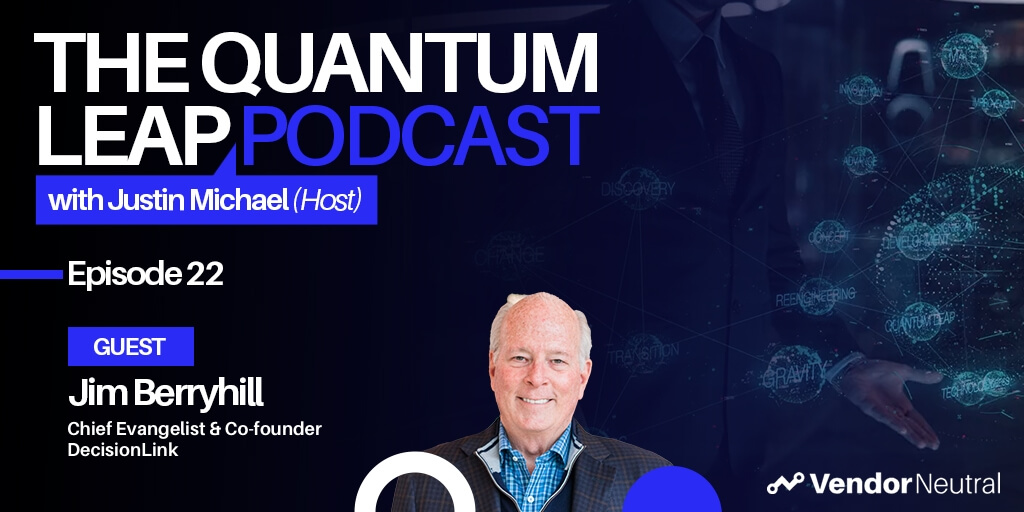 4 Opportunities For Massive Growth In Customer Value Management4 Opportunities For Massive Growth In Customer Value Management
4 Opportunities For Massive Growth In Customer Value Management4 Opportunities For Massive Growth In Customer Value Management -
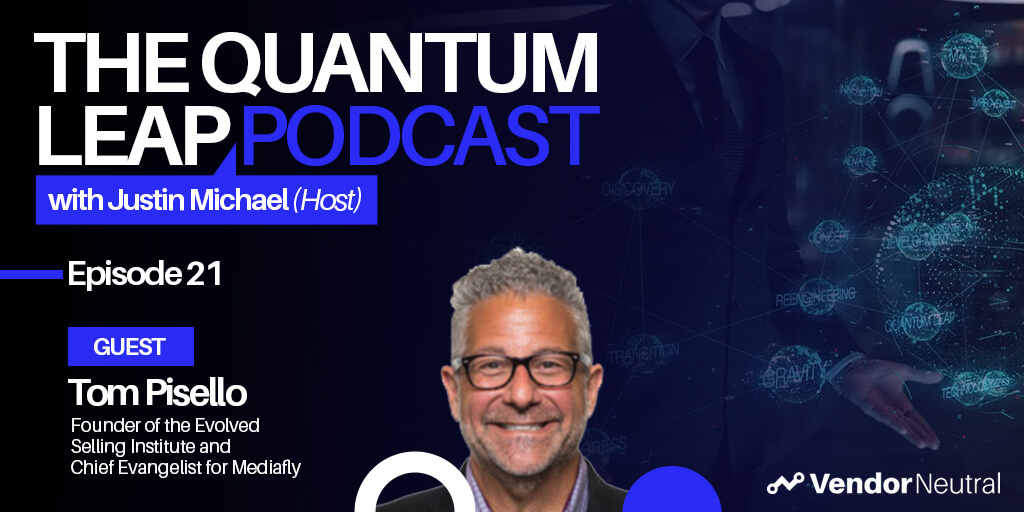 Closing the Customer Engagement Gap | Showing A Clear Case of ROIClosing the Customer Engagement Gap | Showing A Clear Case of ROI
Closing the Customer Engagement Gap | Showing A Clear Case of ROIClosing the Customer Engagement Gap | Showing A Clear Case of ROI -
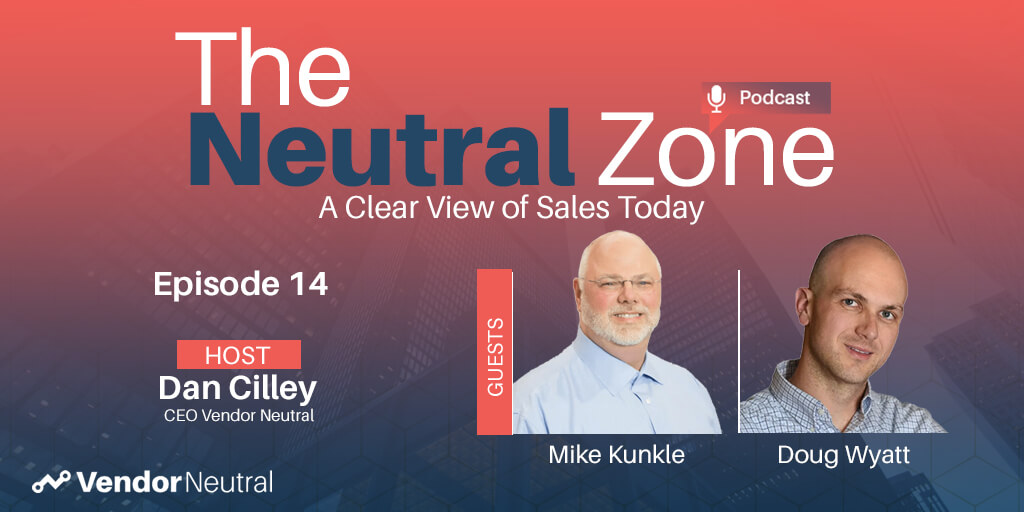 Buyer-Centric Selling | Modern Sales Foundations Virtual Sales TrainingBuyer-Centric Selling | Modern Sales Foundations Virtual Sales Training
Buyer-Centric Selling | Modern Sales Foundations Virtual Sales TrainingBuyer-Centric Selling | Modern Sales Foundations Virtual Sales Training -
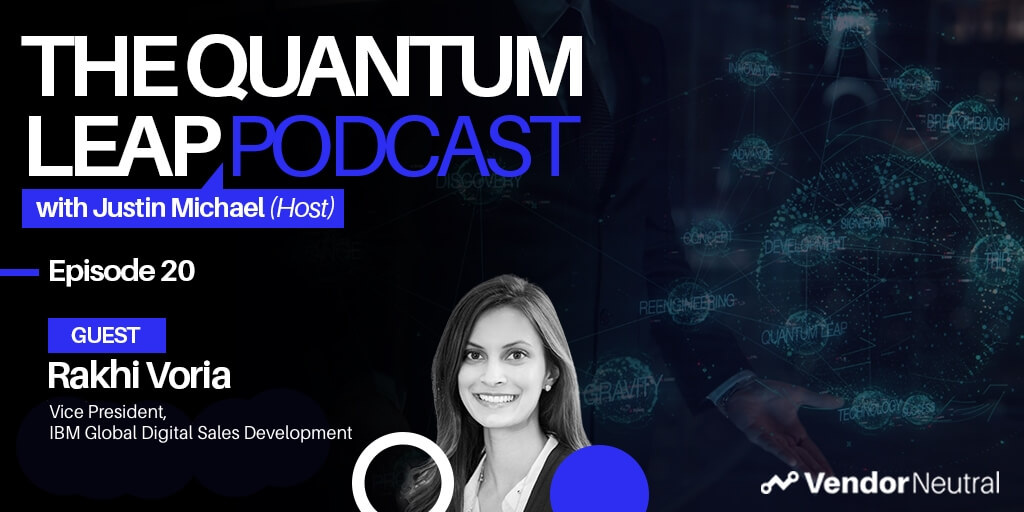 Biggest Trends in Digital TransformationBiggest Trends in Digital Transformation
Biggest Trends in Digital TransformationBiggest Trends in Digital Transformation -
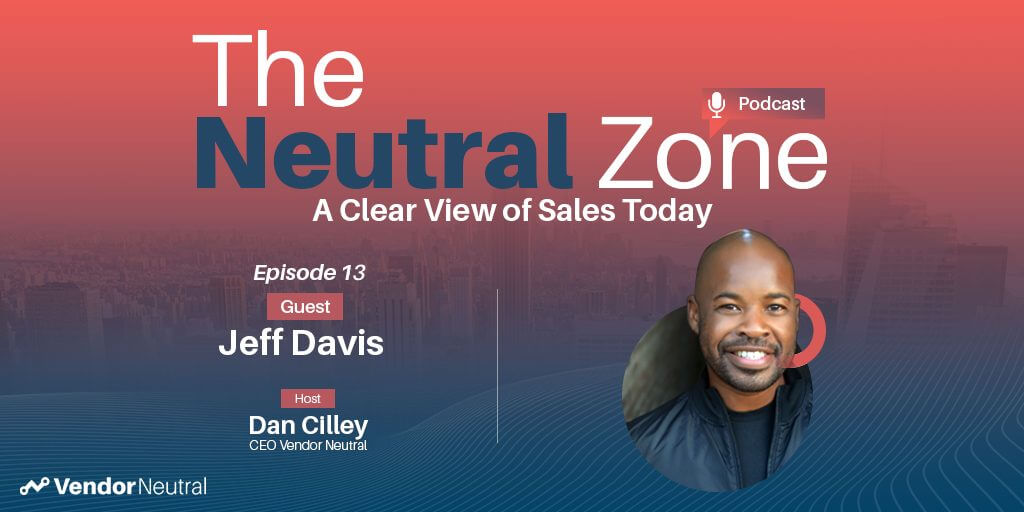 Focus on These 3 Things for Sales Technology AdoptionFocus on These 3 Things for Sales Technology Adoption
Focus on These 3 Things for Sales Technology AdoptionFocus on These 3 Things for Sales Technology Adoption -
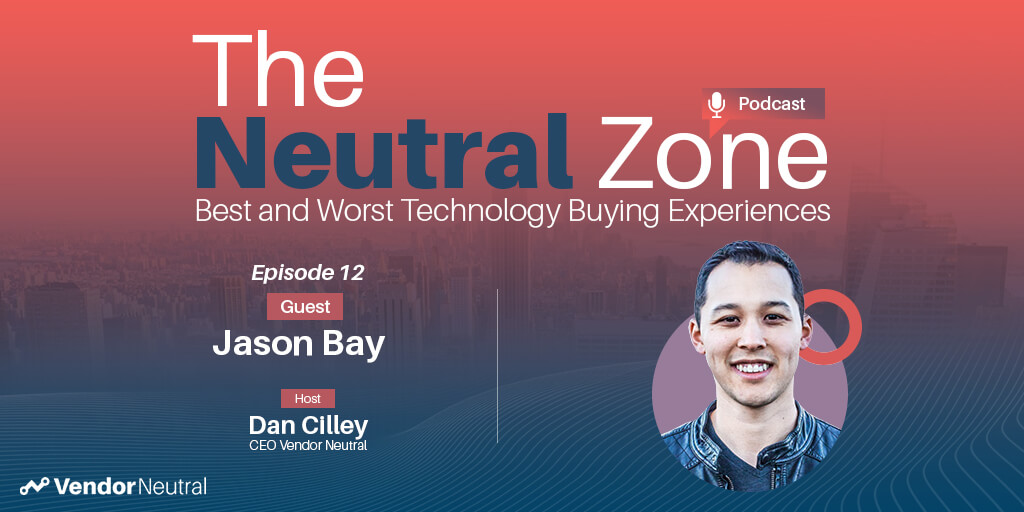 For Sales Technology Buyers A Customer Success Strategy is KeyFor Sales Technology Buyers A Customer Success Strategy is Key
For Sales Technology Buyers A Customer Success Strategy is KeyFor Sales Technology Buyers A Customer Success Strategy is Key -
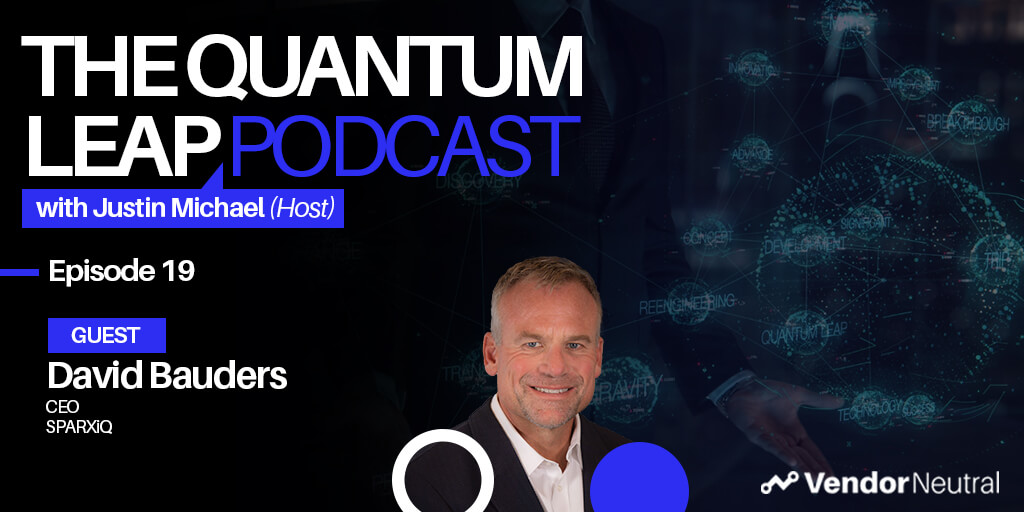 The Future of Sales TrainingThe Future of Sales Training
The Future of Sales TrainingThe Future of Sales Training -
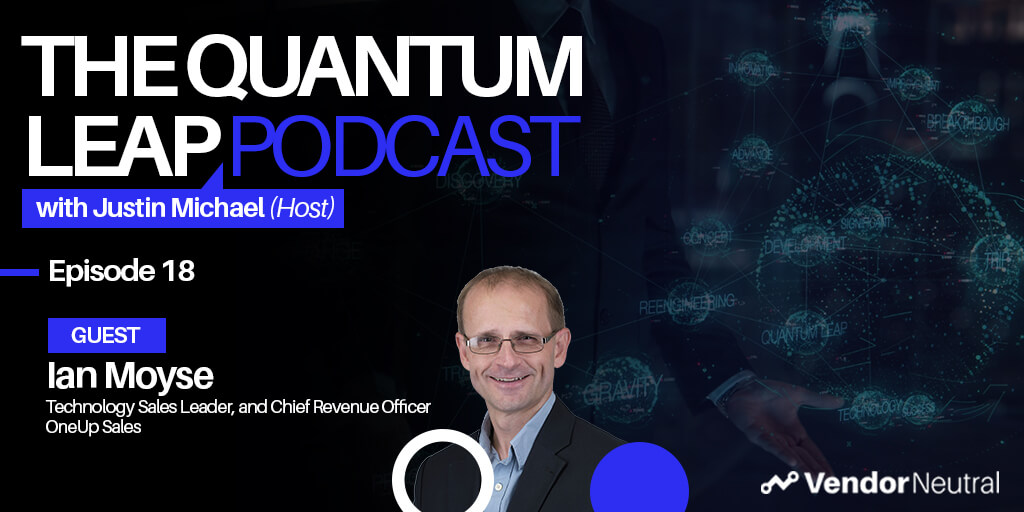 Sales Enablement to Generate Revenue in 2021 and BeyondSales Enablement to Generate Revenue in 2021 and Beyond
Sales Enablement to Generate Revenue in 2021 and BeyondSales Enablement to Generate Revenue in 2021 and Beyond -
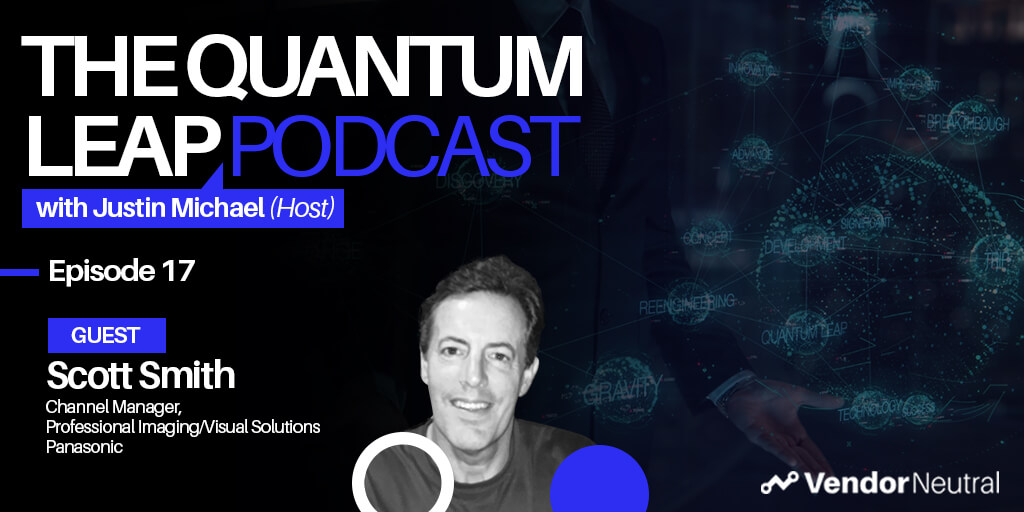 Leveraging Sales Technology in Enterprise Channel Sales | Start by identifying the problems you’re trying to solveLeveraging Sales Technology in Enterprise Channel Sales | Start by identifying the problems you’re trying to solve
Leveraging Sales Technology in Enterprise Channel Sales | Start by identifying the problems you’re trying to solveLeveraging Sales Technology in Enterprise Channel Sales | Start by identifying the problems you’re trying to solve -
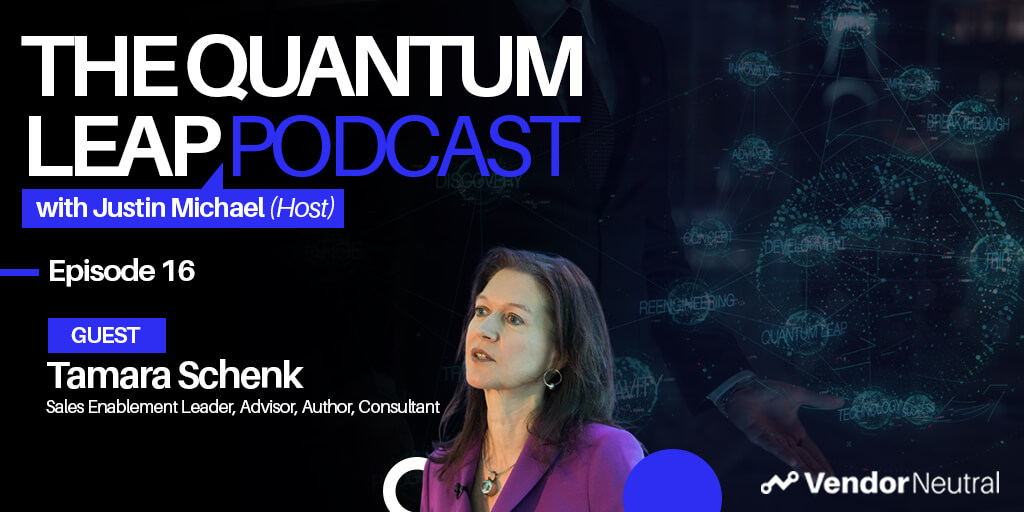 The One Question to Ask Before Sales Technology Implementation to Ensure the Success of Your Enablement InitiativeThe One Question to Ask Before Sales Technology Implementation to Ensure the Success of Your Enablement Initiative
The One Question to Ask Before Sales Technology Implementation to Ensure the Success of Your Enablement InitiativeThe One Question to Ask Before Sales Technology Implementation to Ensure the Success of Your Enablement Initiative -
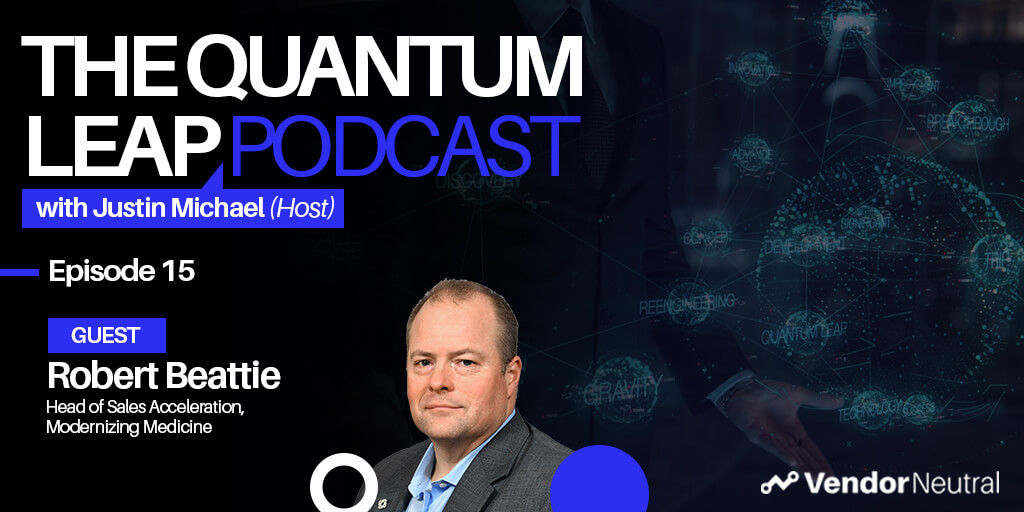 Digitally Enabled Enterprise Sales - Technology & Skills You'll Need in 2025Digitally Enabled Enterprise Sales - Technology & Skills You'll Need in 2025
Digitally Enabled Enterprise Sales - Technology & Skills You'll Need in 2025Digitally Enabled Enterprise Sales - Technology & Skills You'll Need in 2025 -
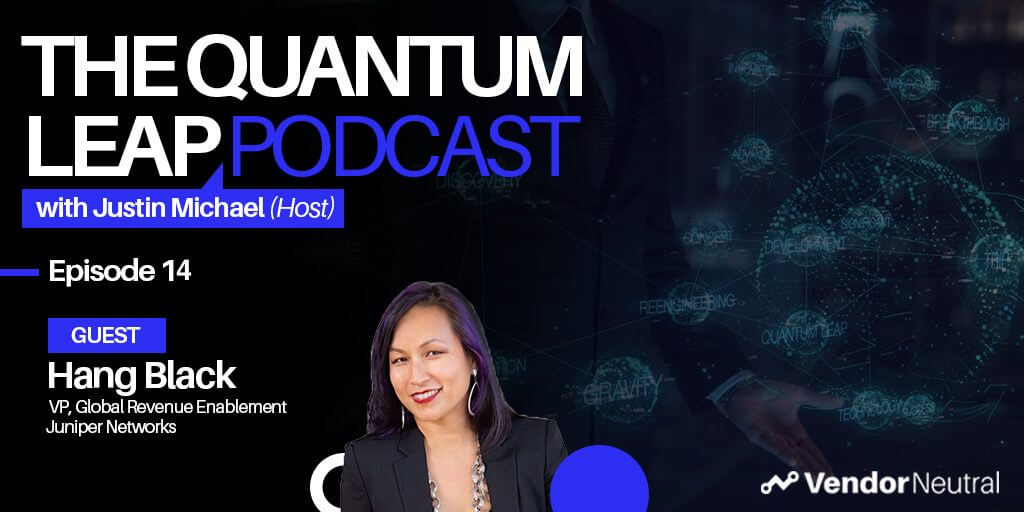 A Look Into The Future of Sales EnablementA Look Into The Future of Sales Enablement
A Look Into The Future of Sales EnablementA Look Into The Future of Sales Enablement -
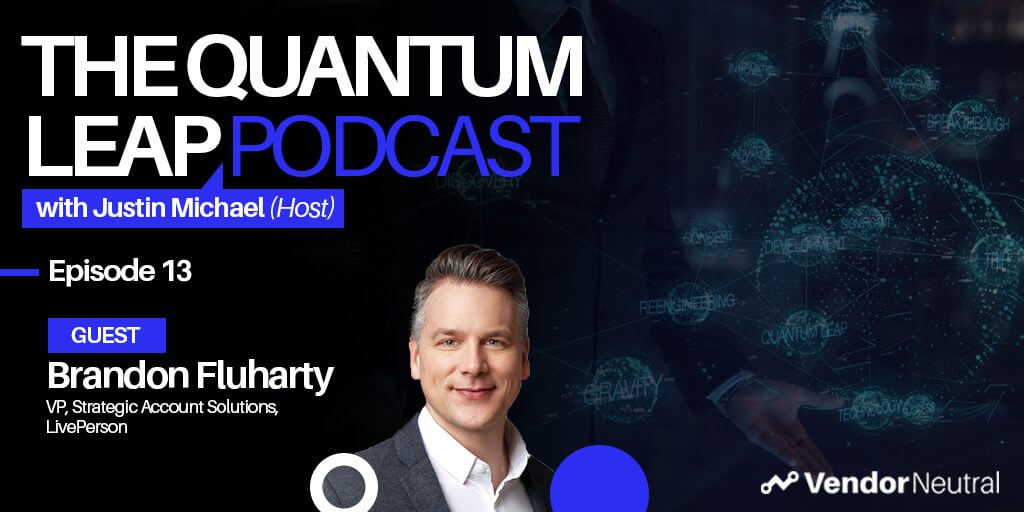 3 Ways Sales Technology will Shape the Future of Strategic Selling & Enterprise Sales3 Ways Sales Technology will Shape the Future of Strategic Selling & Enterprise Sales
3 Ways Sales Technology will Shape the Future of Strategic Selling & Enterprise Sales3 Ways Sales Technology will Shape the Future of Strategic Selling & Enterprise Sales -
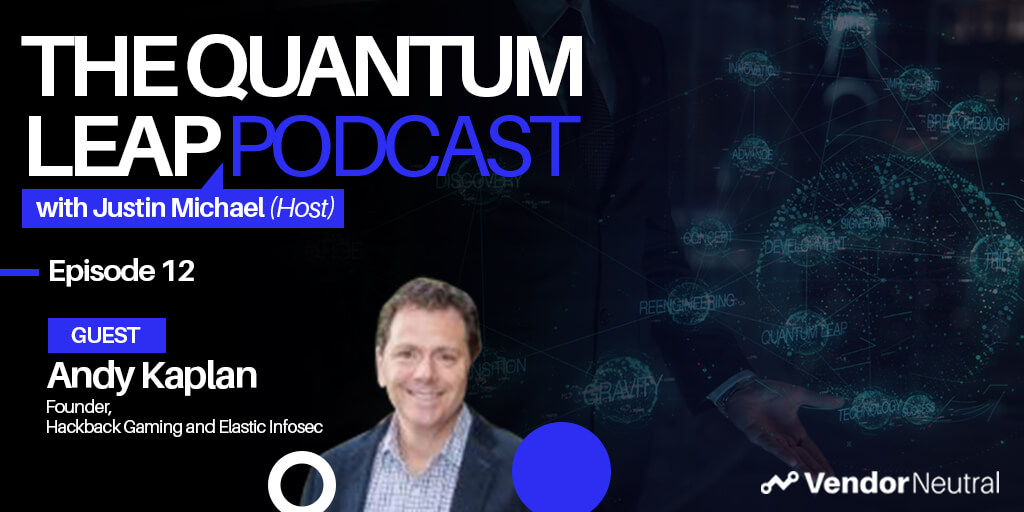 Future of Sales in the EnterpriseFuture of Sales in the Enterprise
Future of Sales in the EnterpriseFuture of Sales in the Enterprise -
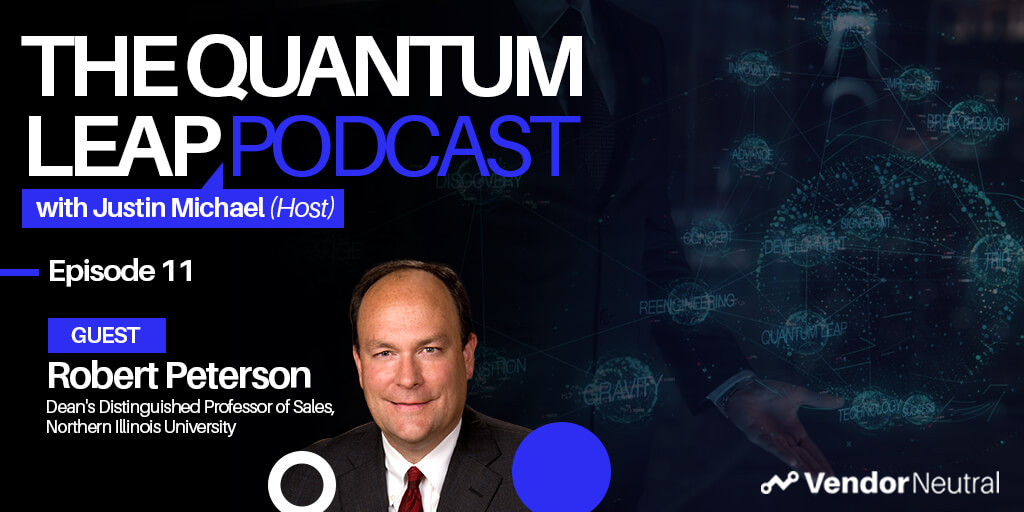 Developing the Revenue Leaders of TomorrowDeveloping the Revenue Leaders of Tomorrow
Developing the Revenue Leaders of TomorrowDeveloping the Revenue Leaders of Tomorrow -
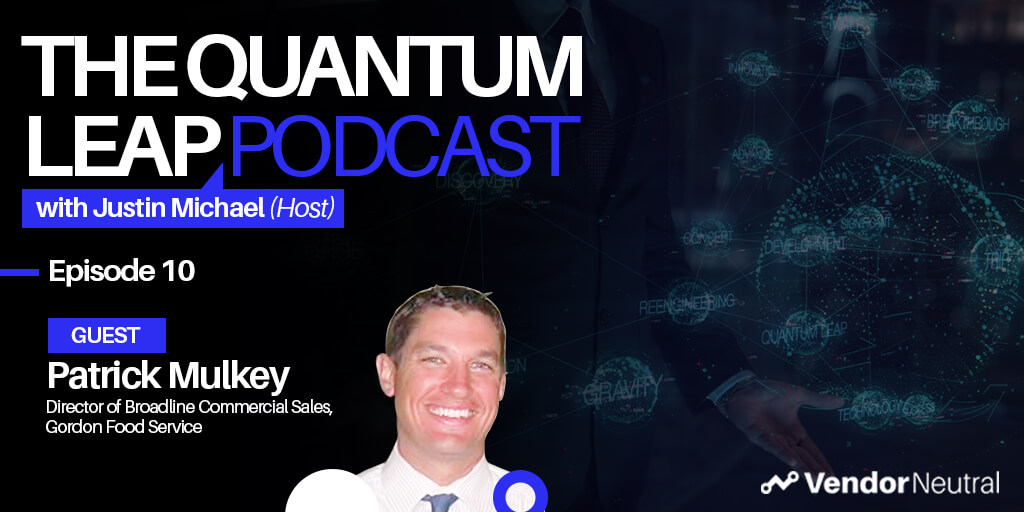 Evaluating and Updating Your Enterprise Sales Technology StackEvaluating and Updating Your Enterprise Sales Technology Stack
Evaluating and Updating Your Enterprise Sales Technology StackEvaluating and Updating Your Enterprise Sales Technology Stack -
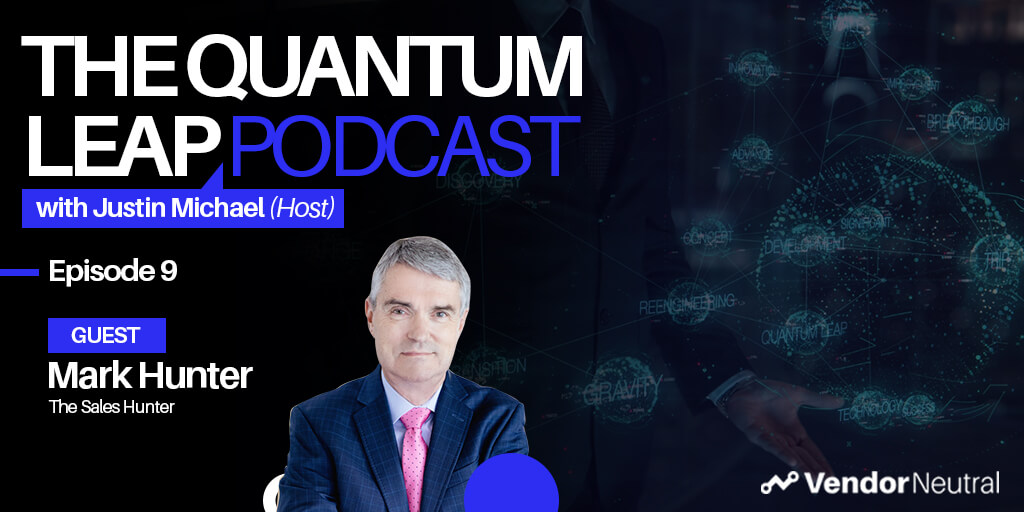 How-to Connect With Enterprise Buyers When Selling From HomeHow-to Connect With Enterprise Buyers When Selling From Home
How-to Connect With Enterprise Buyers When Selling From HomeHow-to Connect With Enterprise Buyers When Selling From Home -
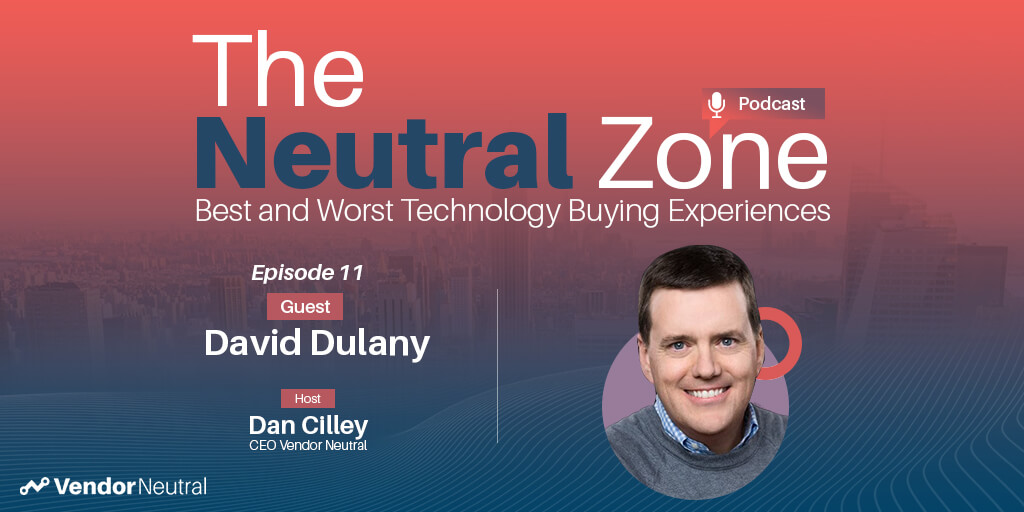 Is the Sales Technology Buying Process Over Engineered?Is the Sales Technology Buying Process Over Engineered?
Is the Sales Technology Buying Process Over Engineered?Is the Sales Technology Buying Process Over Engineered? -
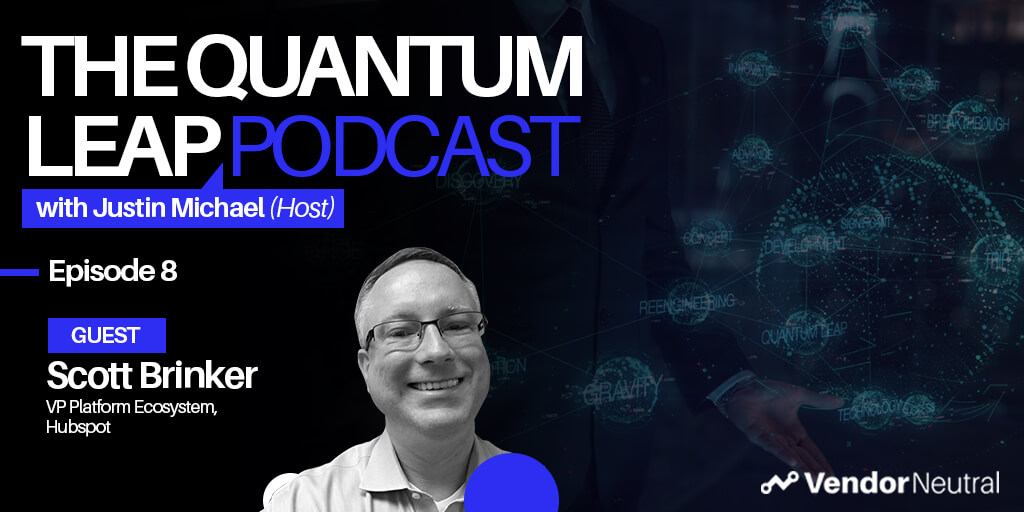 Tangible Ways to Digitally Transform Enterprise OrganizationsTangible Ways to Digitally Transform Enterprise Organizations
Tangible Ways to Digitally Transform Enterprise OrganizationsTangible Ways to Digitally Transform Enterprise Organizations -
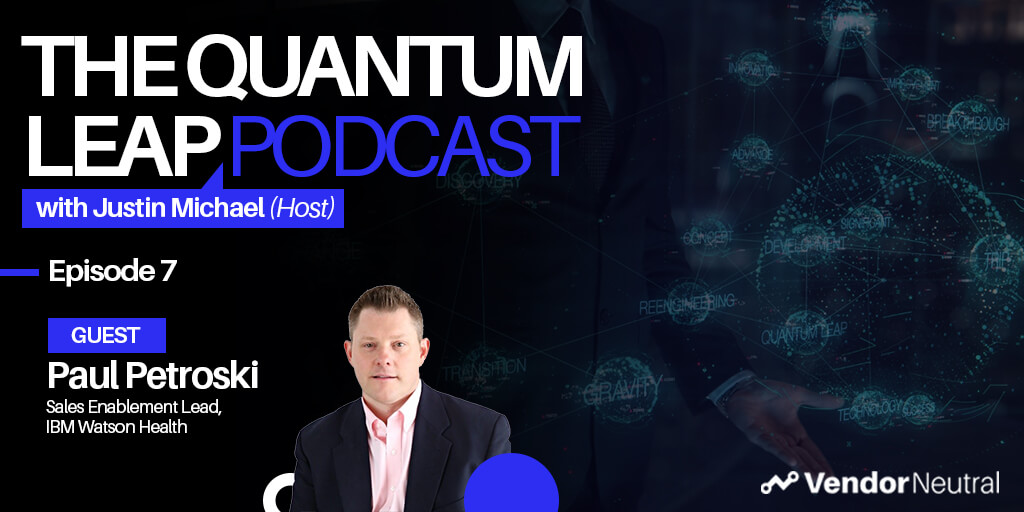 Quantum Leap Podcast Episode 7Quantum Leap Podcast Episode 7
Quantum Leap Podcast Episode 7Quantum Leap Podcast Episode 7 -
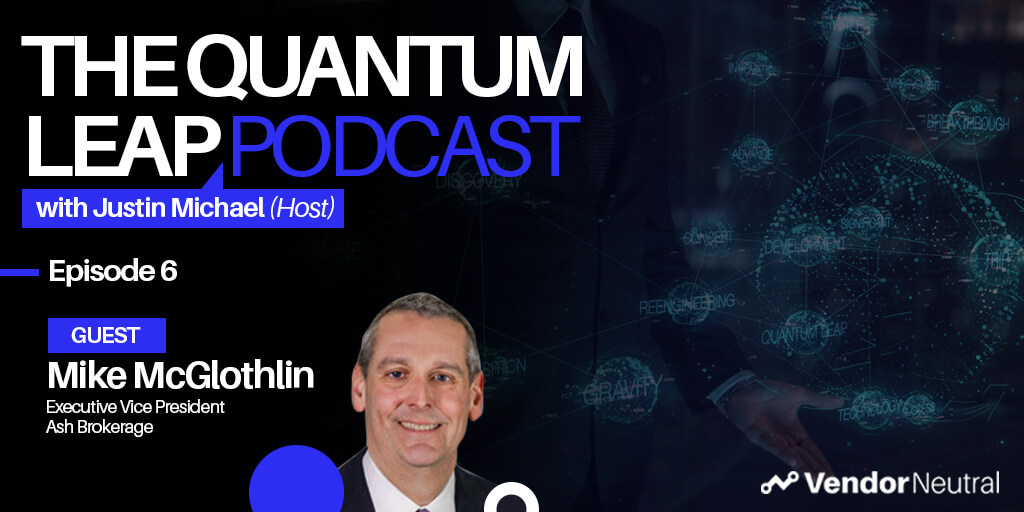 How Sales Technology is Making an Impact in the Financial SpaceHow Sales Technology is Making an Impact in the Financial Space
How Sales Technology is Making an Impact in the Financial SpaceHow Sales Technology is Making an Impact in the Financial Space -
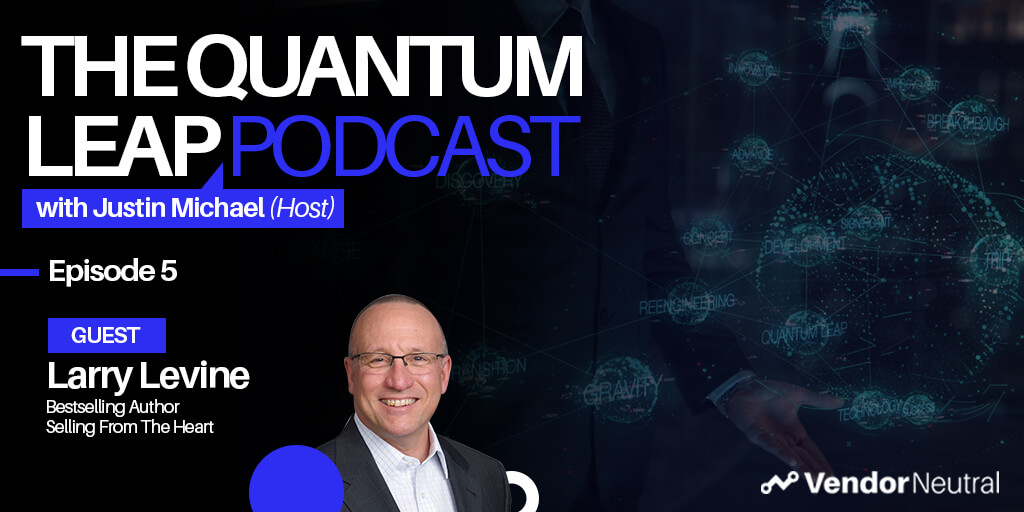 Quantum Leap Podcast Episode 5Quantum Leap Podcast Episode 5
Quantum Leap Podcast Episode 5Quantum Leap Podcast Episode 5 -
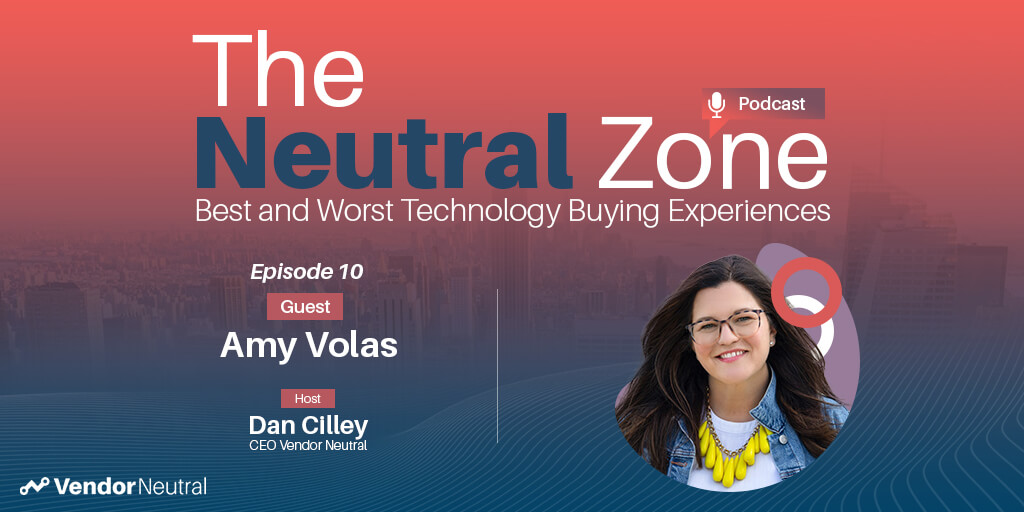 Clear View of Sales Episode 10 with Amy VolasClear View of Sales Episode 10 with Amy Volas
Clear View of Sales Episode 10 with Amy VolasClear View of Sales Episode 10 with Amy Volas -
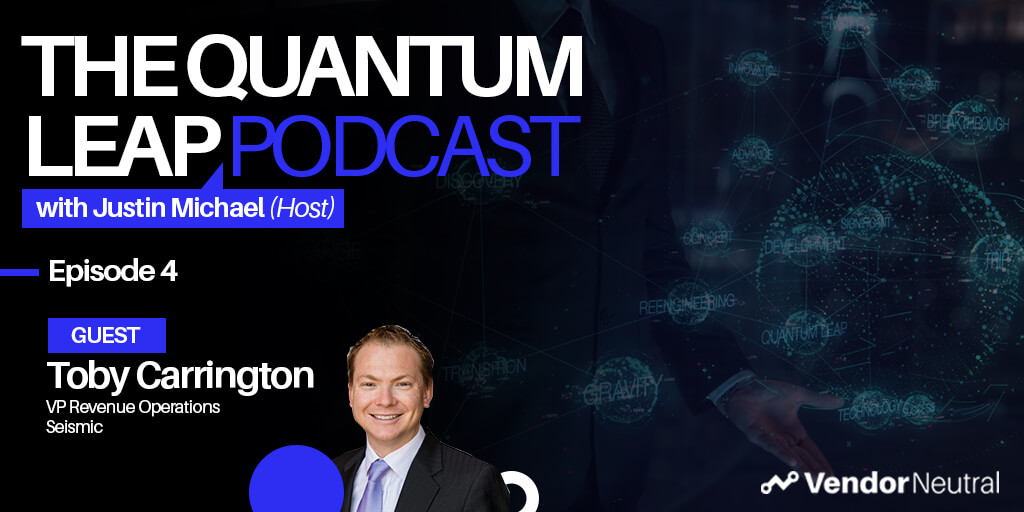 Quantum Leap Podcast Episode 4: Transforming Your Enterprise TechStack, The Future is Bright!Quantum Leap Podcast Episode 4: Transforming Your Enterprise TechStack, The Future is Bright!
Quantum Leap Podcast Episode 4: Transforming Your Enterprise TechStack, The Future is Bright!Quantum Leap Podcast Episode 4: Transforming Your Enterprise TechStack, The Future is Bright! -
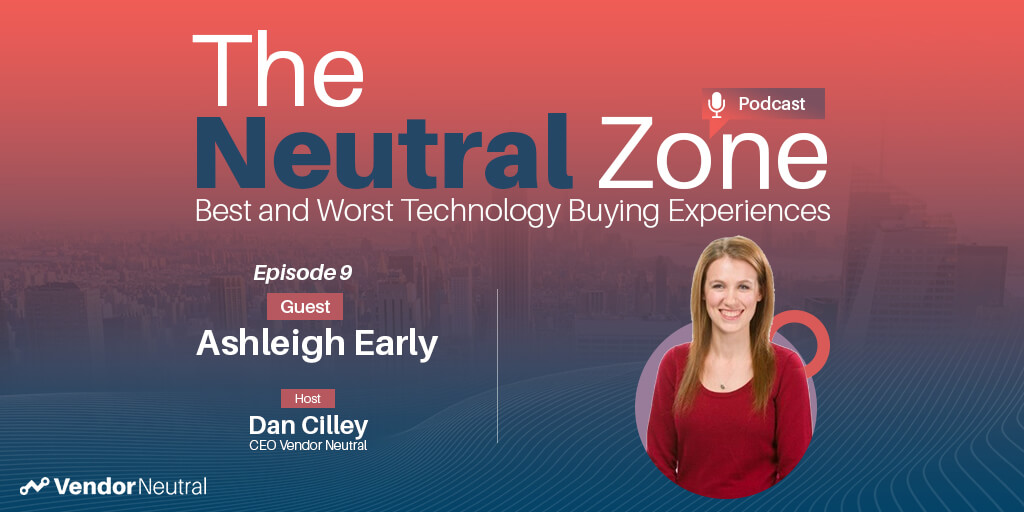 Clear View of Sales with Ashleigh Early:Clear View of Sales with Ashleigh Early:
Clear View of Sales with Ashleigh Early:Clear View of Sales with Ashleigh Early: -
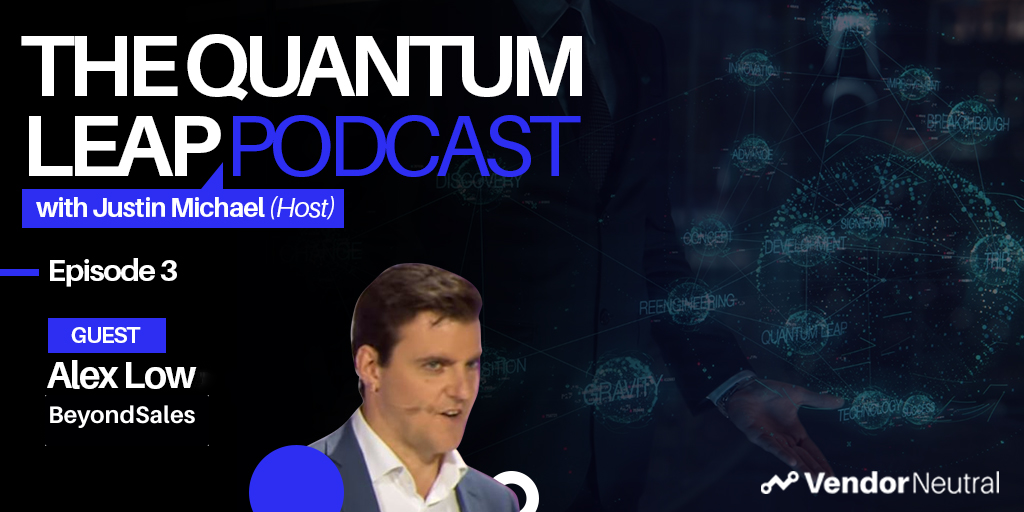 Quantum Leap Episode 3: Unlock the Mystery of Enterprise TransformationQuantum Leap Episode 3: Unlock the Mystery of Enterprise Transformation
Quantum Leap Episode 3: Unlock the Mystery of Enterprise TransformationQuantum Leap Episode 3: Unlock the Mystery of Enterprise Transformation -
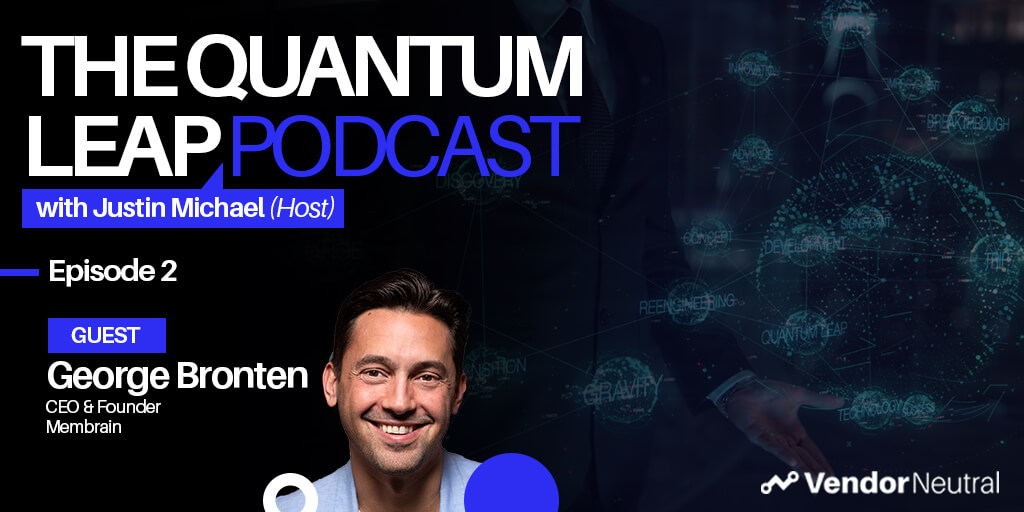 Quantum Leap Podcast Episode 2Quantum Leap Podcast Episode 2
Quantum Leap Podcast Episode 2Quantum Leap Podcast Episode 2 -
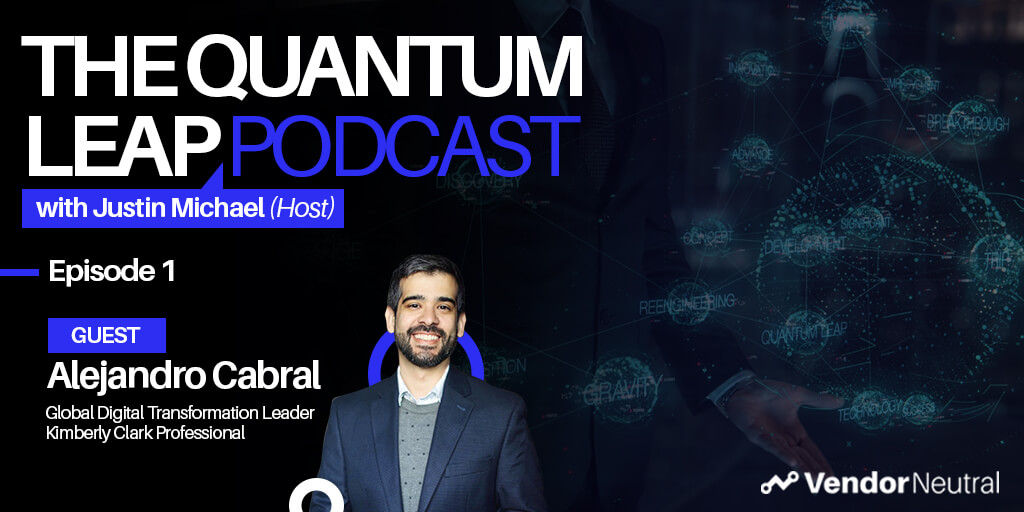 Quantum Leap Podcast Episode 1Quantum Leap Podcast Episode 1
Quantum Leap Podcast Episode 1Quantum Leap Podcast Episode 1 -
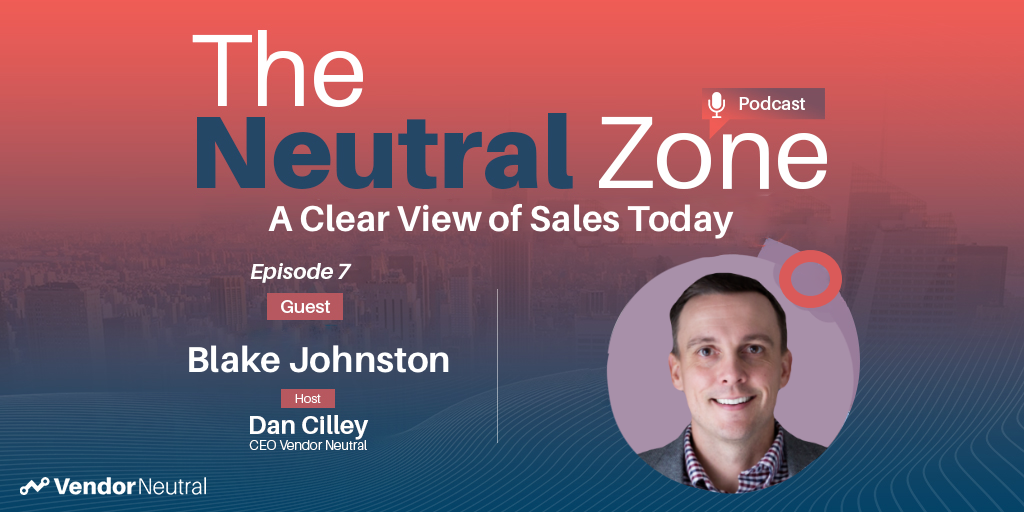 The Best & Worst B2B Technology Buying Experiences With Blake JohnstonThe Best & Worst B2B Technology Buying Experiences With Blake Johnston
The Best & Worst B2B Technology Buying Experiences With Blake JohnstonThe Best & Worst B2B Technology Buying Experiences With Blake Johnston -
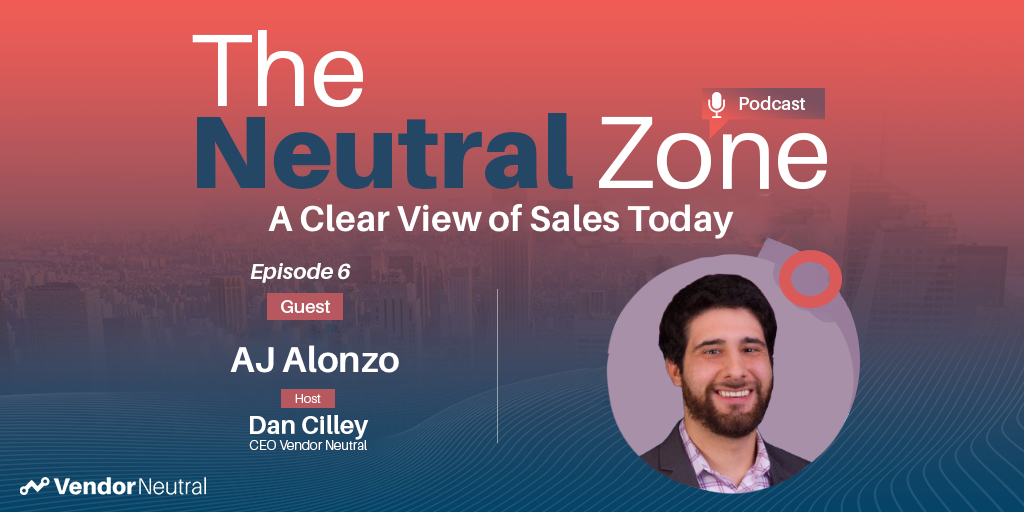 The Best & Worst B2B Technology Buying Experiences With AJ AlonzoThe Best & Worst B2B Technology Buying Experiences With AJ Alonzo
The Best & Worst B2B Technology Buying Experiences With AJ AlonzoThe Best & Worst B2B Technology Buying Experiences With AJ Alonzo -
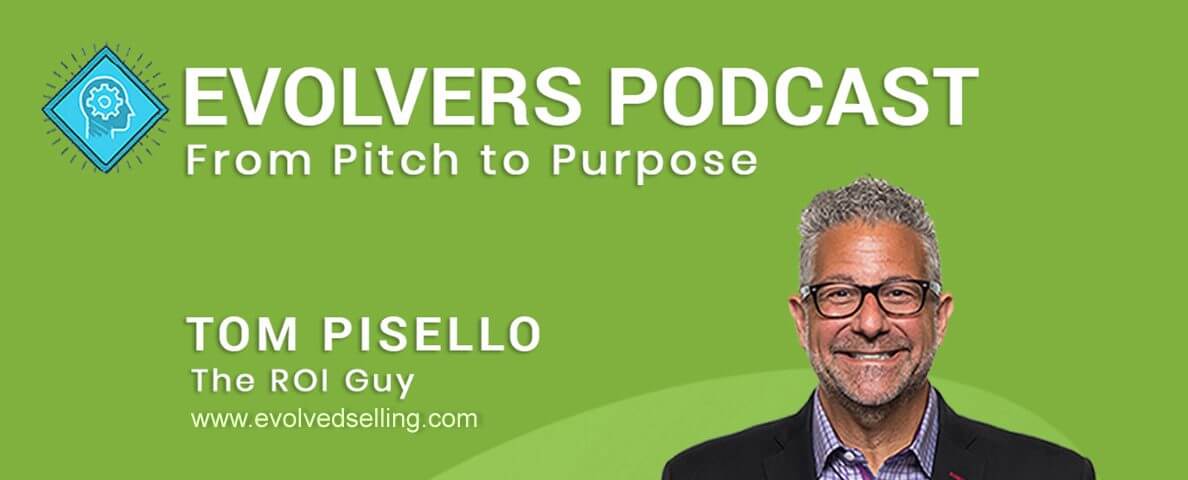 Evolvers Podcast: The Democratization of Sales Enablement? With Dan CilleyEvolvers Podcast: The Democratization of Sales Enablement? With Dan Cilley
Evolvers Podcast: The Democratization of Sales Enablement? With Dan CilleyEvolvers Podcast: The Democratization of Sales Enablement? With Dan Cilley -
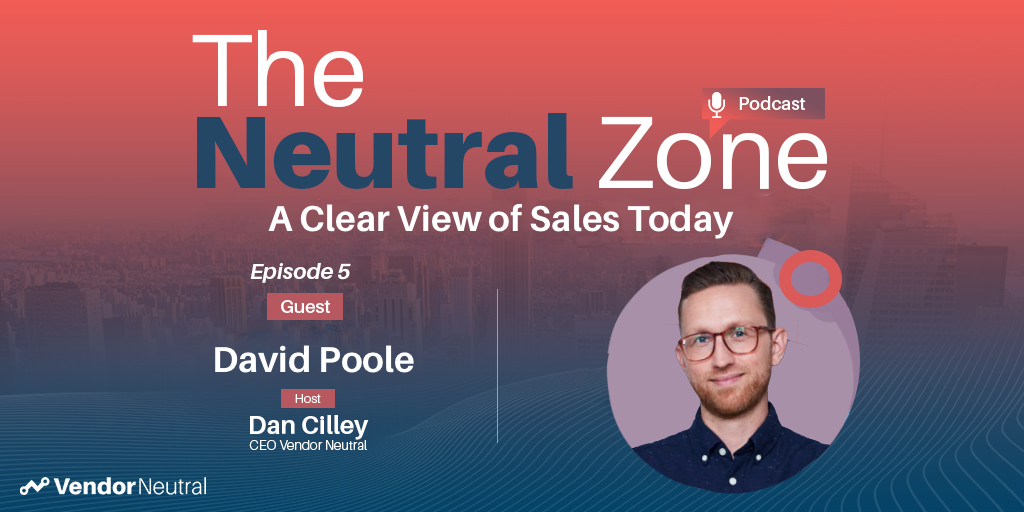 The Best & Worst B2B Technology Buying Experiences With David PooleThe Best & Worst B2B Technology Buying Experiences With David Poole
The Best & Worst B2B Technology Buying Experiences With David PooleThe Best & Worst B2B Technology Buying Experiences With David Poole -
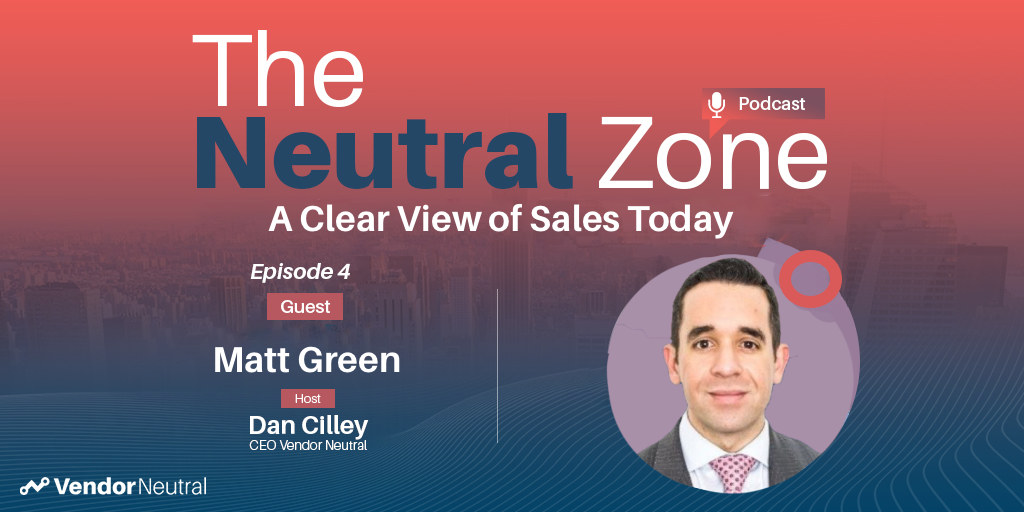 The Best & Worst B2B Technology Buying Experiences With Matt GreenThe Best & Worst B2B Technology Buying Experiences With Matt Green
The Best & Worst B2B Technology Buying Experiences With Matt GreenThe Best & Worst B2B Technology Buying Experiences With Matt Green -
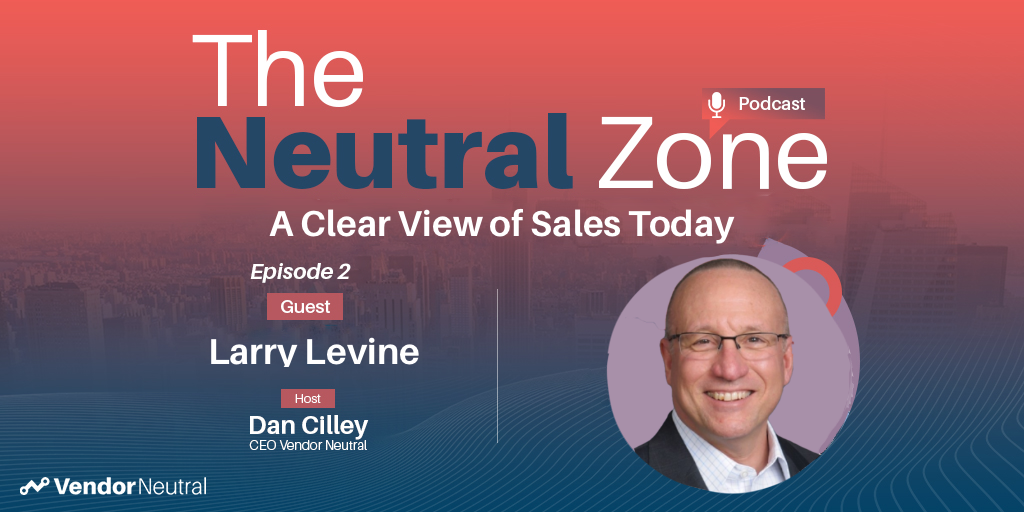 The Best & Worst B2B Technology Buying Experiences with Larry LevineThe Best & Worst B2B Technology Buying Experiences with Larry Levine
The Best & Worst B2B Technology Buying Experiences with Larry LevineThe Best & Worst B2B Technology Buying Experiences with Larry Levine -
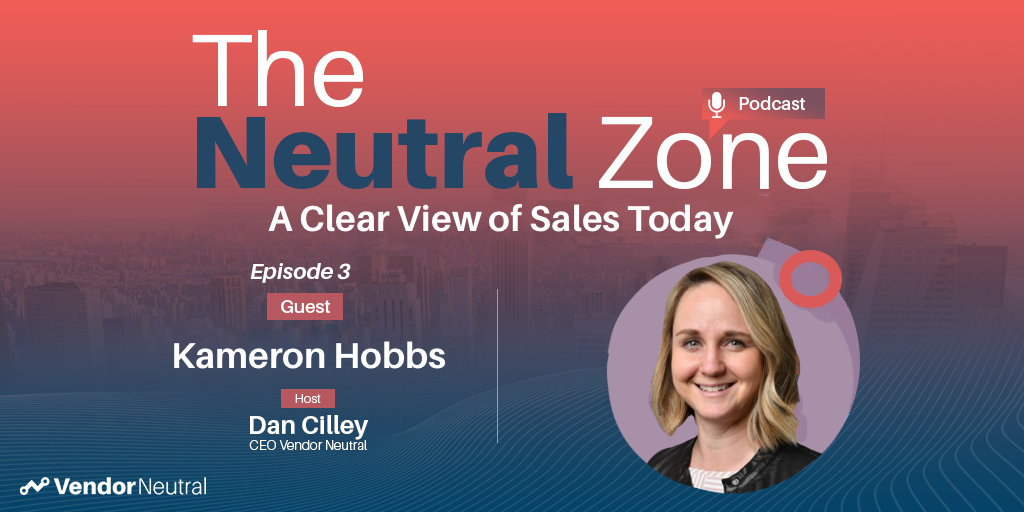 The Best & Worst B2B Technology Buying Experiences with Kameron HobbsThe Best & Worst B2B Technology Buying Experiences with Kameron HobbsVideo
The Best & Worst B2B Technology Buying Experiences with Kameron HobbsThe Best & Worst B2B Technology Buying Experiences with Kameron HobbsVideo -
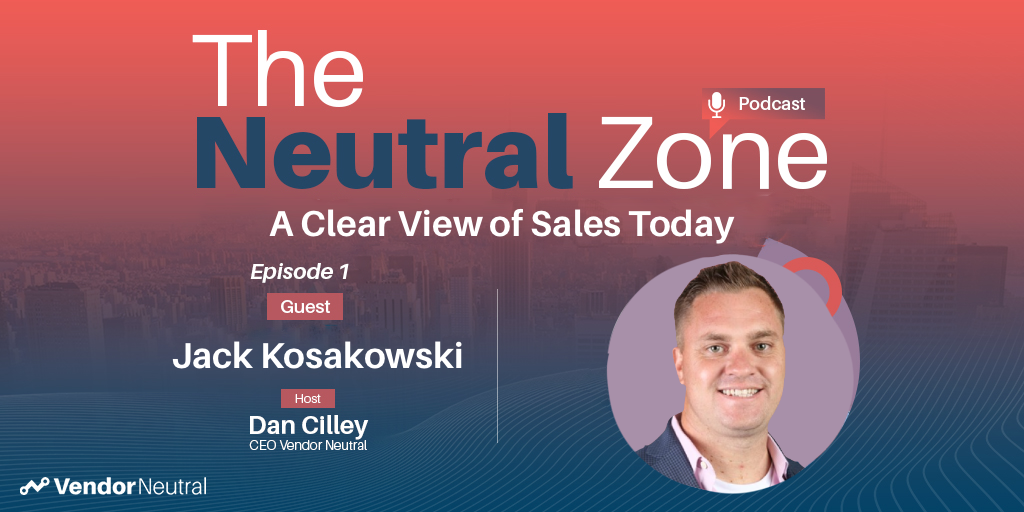 The Best & Worst B2B Technology Buying Experiences with Jack KosakowsiThe Best & Worst B2B Technology Buying Experiences with Jack KosakowsiPodcast
The Best & Worst B2B Technology Buying Experiences with Jack KosakowsiThe Best & Worst B2B Technology Buying Experiences with Jack KosakowsiPodcast
